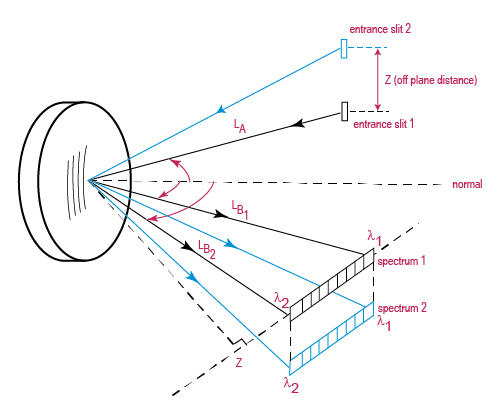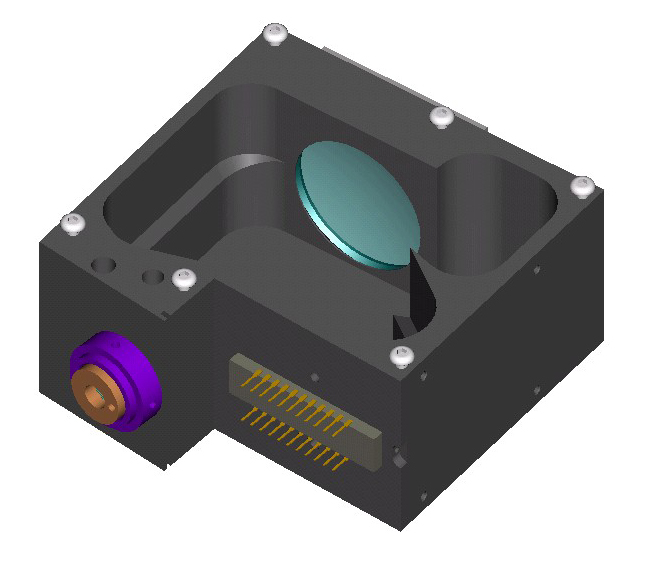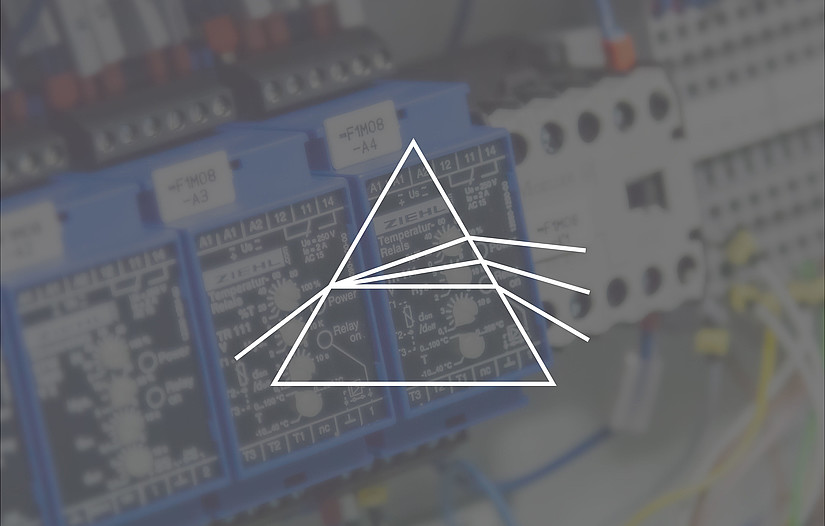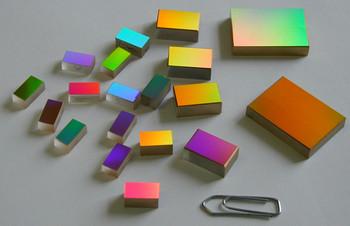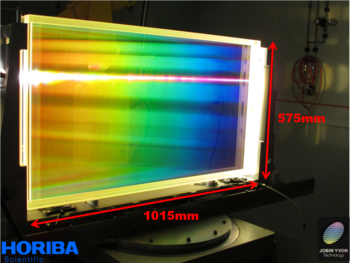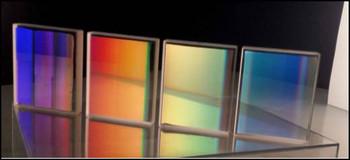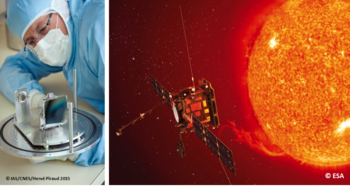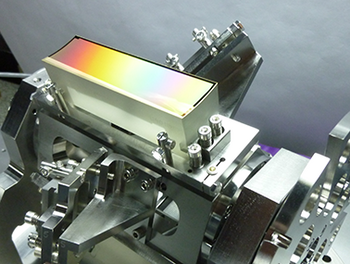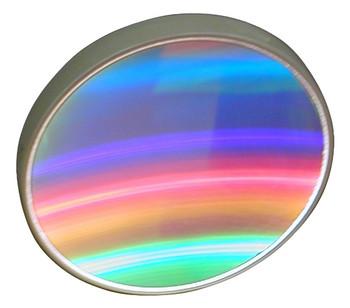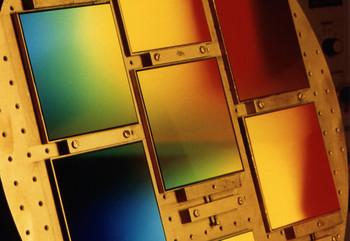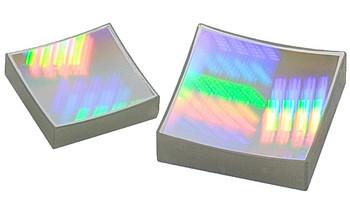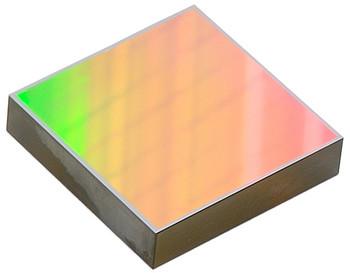- Spectral ranges: from 170 to 4180 nm
- Average dispersion (nm/mm) : from 1 to 106 nm/mm
- Diffraction efficiency optimized for UV, or Vis, or NIR
- Radius of curvature : from 58 to 330 mm
- Dimensions from 25 x 25 mm
For customers in need of larger dimensions, HJY can record a custom-made holographic grating master specifically for replication.
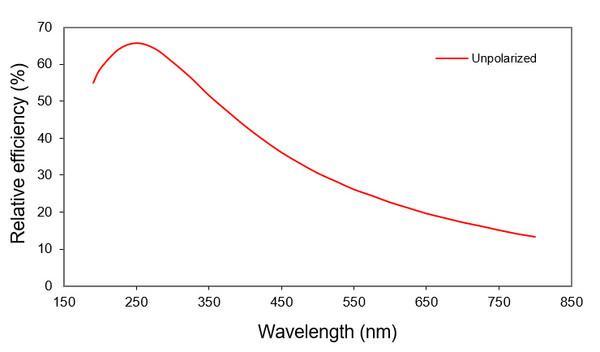
Fig. 3: Typical efficiency curve* for 533 02, 285 l/mm, 190-800 nm
*This efficiency curve is absolute theoretical efficiency, calculated using rigorous electromagnetic theory, taking into account the true groove profiles of manufactured gratings measured with an atomic force microscope (AFM).

